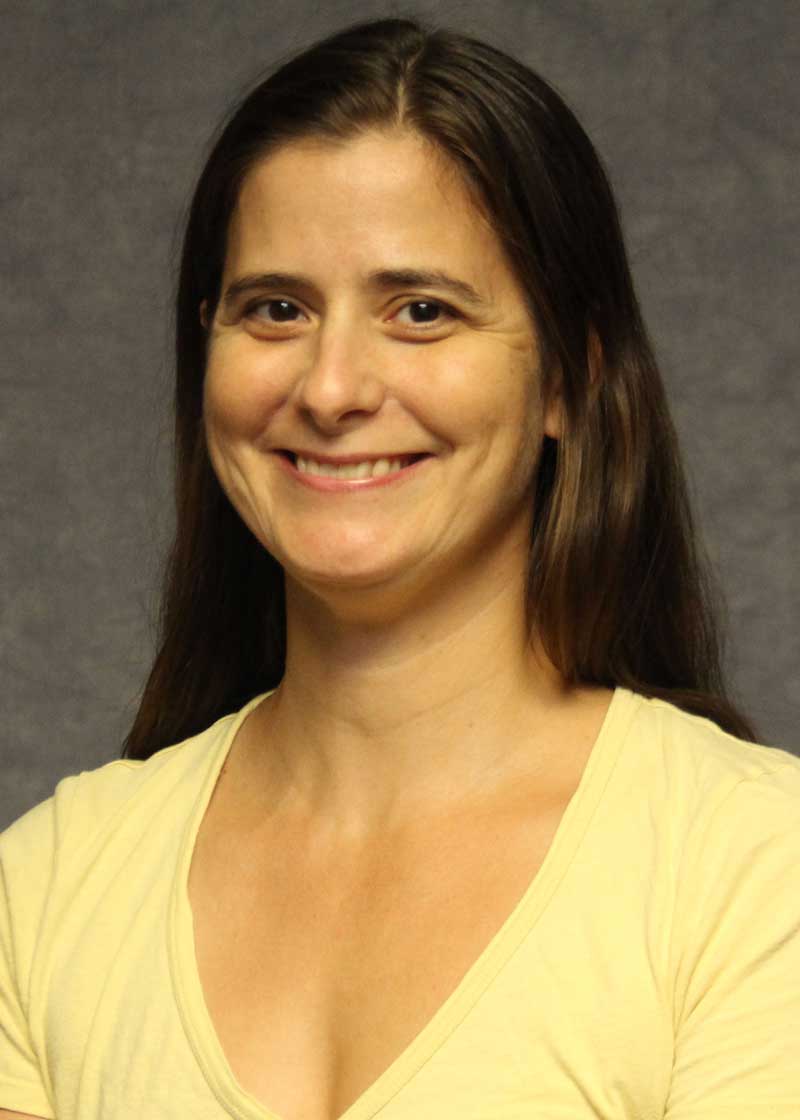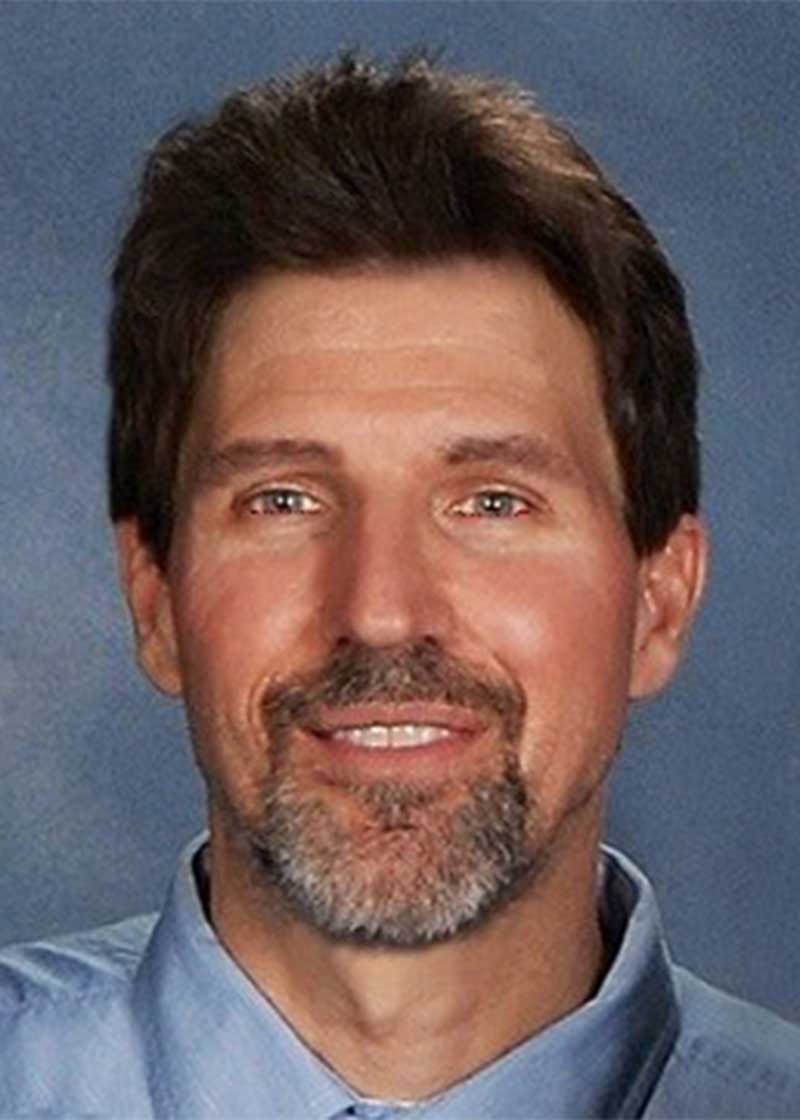The Metabolism Core was designed to provide state-of-the-art assessments of human energy expenditure, substrate metabolism, body composition, body fat distribution, and bone quality; to provide cost-effective, centralized analytical services to ongoing funded and pilot research projects; to promote multi-disciplinary research and training in clinical nutrition and obesity across the UAB campus; and to offer training, advice, and instruction to students, fellows, and investigators.
History
The “Energy Metabolism Research Unit” (EMRU) was established in 1994 to provide a comprehensive assessment of human body composition and energy metabolism. Services offered were body composition by dual-energy X-ray absorptiometry (DXA); body volume/density by underwater weighting; free-living energy expenditure by doubly-labeled water; 24-h energy metabolism using whole-room indirect calorimetry; and resting and exercise energy metabolism by the portable metabolic monitor (indirect calorimetry) and treadmill. In 1996, The EMRU began receiving funding from the NIH through the General Clinical Research Center (GCRC) mechanism to provide analytical services to UAB investigators, and the Hormone Substrate Laboratory was established, providing measures of glucose, insulin, lipids, and a suite of hormones. In 2000, the EMRU became the “Energy Metabolism / Body Composition Core” of the NIDDK-funded Clinical Nutrition Research Center (CNRC). During the 2005 CNRC renewal, the name was changed to the “Metabolism Core,” and in In 2011, the Metabolism Core continued under the newly funded Nutrition Obesity Research Center (NORC), which replaced the CNRC. In 2008, the award of the NIDDK Diabetes Research and Training Center provided additional support for the core, which continues today through the Diabetes Research Center (DRC, https://www.uab.edu/shp/drc/ ). In 2020, the UAB Institutional Research Core Program (IRCP) incorporated the Metabolism Core into their research core program. In 2025, a new suite of room indirect calorimeters was installed to expand human metabolism assessment capabilities, and allow for simultaneous blood collection. Today, the Metabolism Core continues to serve the UAB research community, offering a wide range of services related to human body composition and energy metabolism. Through the DRC and the IRCP, the core also provides analyses of hormones and substrates for both human and animal model research studies.
Services (Research only)
Energy Expenditure/Substrate Metabolism:
- Total energy expenditure by doubly-labeled water
- Resting energy expenditure by indirect calorimetry
- 24-h energy expenditure by whole-room indirect calorimetry
- Design consultation
Body Composition:
- Dual-energy X-ray absorptiometry
- Total body water by isotope dilution
- Multi-compartment models
- MRI/CT scan analysis
Exercise and Physical Activity:
- Maximal and submaximal oxygen consumption during exercise
- Strength testing
- Functional testing
- Accelerometry
Hormones and Analytes (through the DRC and the IRCP):
- Glucose, lipids, fatty acids
- Insulin, C-peptide, glucagon
- Steroids and reproductive hormones
- Other hormones (contact the laboratory for more information;
This email address is being protected from spambots. You need JavaScript enabled to view it. )
Resources
-
Isotope Ratio Mass Spectrometer (IRMS)
The Core is equipped with two IRMS (Optima and Delta-V) for measurement of enrichment of deuterium and oxygen-18 in biological samples. Stable isotope dilution and metabolism can be used to assess body composition and free-living energy expenditure.
-
Indirect Calorimetry (resting)
Two open-circuit metabolic monitors are available for assessment of resting energy expenditure (REE) and substrate oxidation (fat, carbohydrate) (Vmax ENCORE 29N Systems, SensorMedics Corporation, Yorba Linda, CA).
-
Indirect Calorimetry (whole-room)
The purpose of the whole-room indirect calorimetry suite is to provide measurements of human energy expenditure and substrate utilization, both long-term (24-hour) and short-term (1–6-hour), for research studies. The rooms are ideal for studying changes in energy expenditure, fat oxidation, and carbohydrate oxidation in response to exercise challenges, food intake, diet or exercise interventions, and drug therapy. Learn more about available resources and scheduling on the Whole-Room Indirect Calorimetry Suite page.
-
Dual-Energy X-ray Absorptiometry (DXA)
 DXA for determination of total and regional body composition
DXA for determination of total and regional body compositionThe Core houses two iDXA instruments (GE-Lunar Radiation Corp. Madison, WI) for assessment of total and regional body composition. The new CoreScan software includes an estimate of visceral fat that is produced by subtracting measured subcutaneous abdominal fat from measured total abdominal fat. Bone density of the spine and hip also can be assessed. Whole-body scans require ~10-15 min. Additional hip or spine scans require re-positioning and re-scanning.
-
Magnetic Resonance Imaging (MRI)
 MRI results showing thigh muscle
and adipose tissue
MRI scanning is conducted on clinical scanners in the Departments of Radiology and Cardiology at UAB. The Department of Radiology offers MRI scans on a Philips 1.5 Tesla Ingenia Omega HP; Cardiology uses a Philips Intera 3 Tesla scanner (Philips Medical Systems, Best, The Netherlands). Scanning is not offered as a NORC Core service; rather, each investigator makes his/her own arrangements with the appropriate departmental personnel, and arranges for faculty in Radiology/Cardiology to provide assistance with determining appropriate acquisition parameters. The Core provides scan analysis, and assistance with making necessary contacts.
MRI results showing thigh muscle
and adipose tissue
MRI scanning is conducted on clinical scanners in the Departments of Radiology and Cardiology at UAB. The Department of Radiology offers MRI scans on a Philips 1.5 Tesla Ingenia Omega HP; Cardiology uses a Philips Intera 3 Tesla scanner (Philips Medical Systems, Best, The Netherlands). Scanning is not offered as a NORC Core service; rather, each investigator makes his/her own arrangements with the appropriate departmental personnel, and arranges for faculty in Radiology/Cardiology to provide assistance with determining appropriate acquisition parameters. The Core provides scan analysis, and assistance with making necessary contacts.
-
Parvo Medics TrueOne® 2400
The TrueOne 2400 is a computerized, integrated metabolic measurement system for cardiopulmonary stress testing, indirect calorimetry, and maximal O2 consumption measurement.
-
LODE Cycle Ergometer
The Lode Corival ergometer has a digital interface and can be controlled easily by the Parvo Medics TrueOne for obtaining timely, accurate measurements.The workload is adjustable in a range of 7 to 1000 watts.
-
Actigraph GT3X-BT accelerometers with ActiLife software
The ActiGraph wGT3X-BT captures and records high resolution raw acceleration data, which is converted into a variety of objective activity and sleep measures.
-
Hypoxico HYP-123
The HYP-123 hypoxicator can assist in boosting the body’s oxygen transport systems through enhanced ventilation, naturally increased EPO production and increased mitochondrial efficiency.
-
CR 2000
Produced by Hypertension Diagnostics, this equipment uses non-invasive radial artery pulse wave analysis for measurement of arterial elasticity.
-
Treadmills
Our treadmills sync with the TrueOne 2400 for timely, accurate measurements.
Fees
| Service | Cost |
|---|---|
| DLW (IRMS analysis/calculations) | $220 per patient |
| REE (core staff performs test) | $100 per patient |
| REE (investigator performs test) | $75 per patient |
| Room calorimeter (large, 24-h capabilities) Room calorimeter (small, pediatric or short-term measures) Flex room (acute measures: exercise testing, meal testing, etc.) |
$500 per patient for adult 24-h (large room) Contact core faculty for other pricing and custom quotes: |
| DXA | $75 (whole-body) $75 (hip and spine) per patient |
| Total body water (IRMS analysis /calculations) | $60 per patient |
| MRI/CT scan analysis | Based on slice number and location |
| Seca mBCA | $15 per patient |
| Ultrasound | $5 per day |
| VO2max | $80 per patient |
| Submaximal exercise test | $75 per patient |
| Strength testing | $50 per patient |
| Functional testing | $65 per patient |
| Accelerometry with data analysis (4 days) | $50 per patient |
| Accelerometry without data analysis (4 days) | $25 per patient |
| Hormones and analytes | Contact the lab for a quote ( |
All Core users are asked to complete and submit a “Core Use Request Form” when applying for Core services. This form requests information concerning investigator funding, and the types and numbers of services requested.
Metabolism Core Faculty and Staff
Contact
Barbara A. Gower, Ph.D.
Director, Metabolism Core
Professor
Department of Nutrition Sciences
School of Health Professions
Phone: (205) 934-4087
Email:
For Calorimetry Services:
For Imaging Services:





